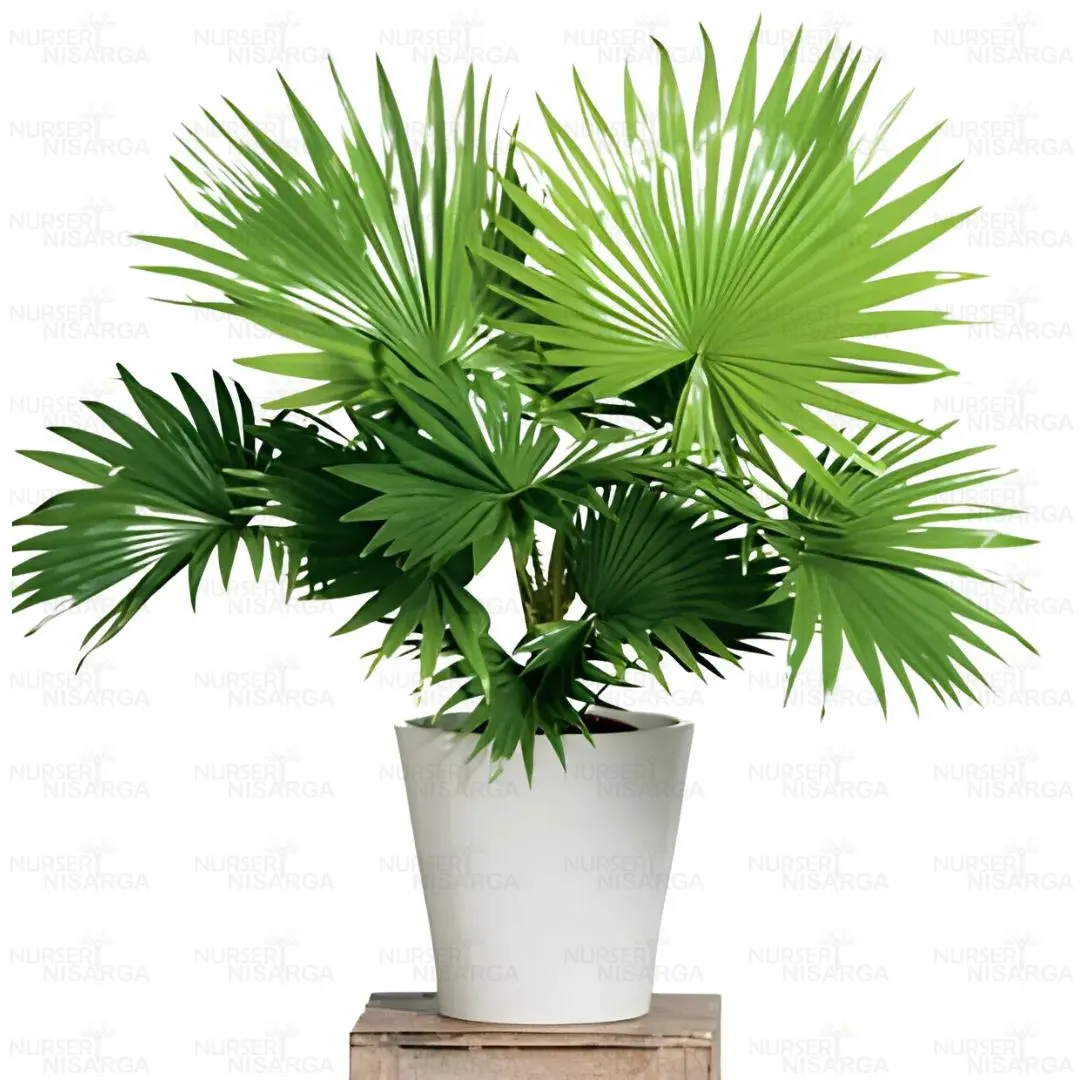Description
Phoenix palm, Phoenix Canariensis – plant
Phoenix palm, scientifically known as Phoenix dactylifera, hails from the arid regions of North Africa and the Middle East. This stately palm is a symbol of tropical elegance and thrives in both outdoor and semi-shade environments. With its feathery fronds and iconic silhouette, the Phoenix palm adds a touch of exotic beauty to any landscape. This palm serves several functions aside from its aesthetic attractiveness. In its native regions, its sweet date fruits are a delicacy as well as a valuable agricultural produce. Furthermore, its strong trunk provides good timber, and its leaves are utilized for thatching and crafting. Phoenix palms are extremely important in desert habitats, giving habitat and nutrition to a variety of animal species. In conclusion, the Phoenix palm is a flexible and beautiful addition to any garden, providing both beauty and utility.
Caring Tips:-
- Light and Location: Phoenix palms prefer bright, indirect sunlight. Place them near a window with filtered light or provide light shade when grown outdoors. Protect them from harsh afternoon sun, especially in hot climates.
- Watering: Keep the soil consistently moist but not waterlogged. Water thoroughly when the top inch of soil feels dry. During the growing season (spring and summer), increase watering frequency, but reduce it in the dormant winter months.
- Humidity: These palms appreciate higher humidity levels. Mist the leaves regularly or use a humidity tray to increase moisture in indoor environments.
- Fertilization: Feed your Phoenix palm with a balanced, slow-release fertilizer during the growing season (spring and summer). Reduce or eliminate fertilization in the winter.
- Pruning: Prune dead or damaged fronds to maintain the plant’s appearance and overall health. Be cautious not to remove too many healthy fronds at once.








Reviews
There are no reviews yet.